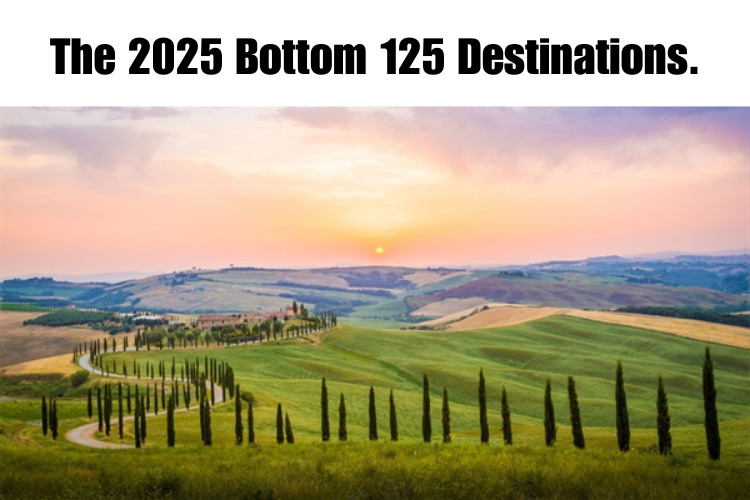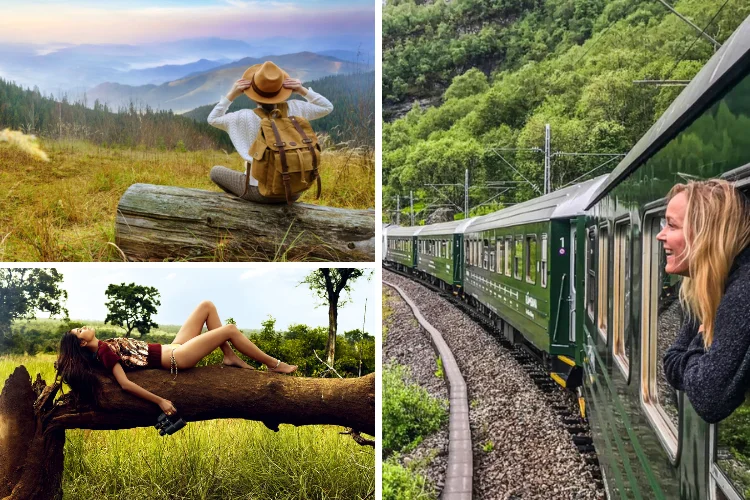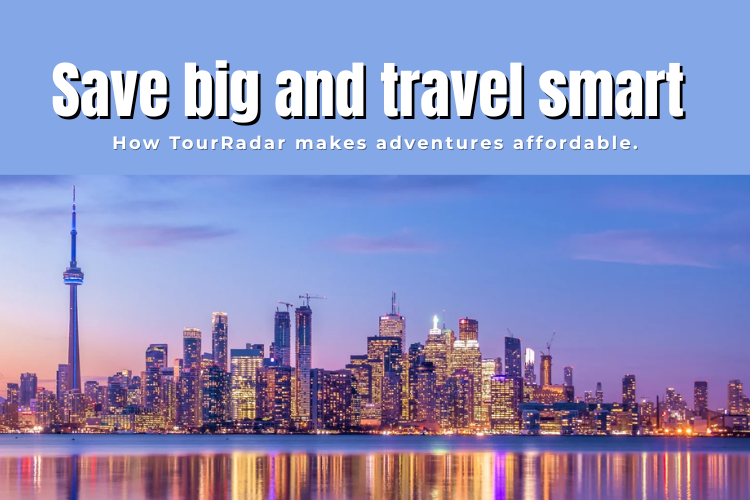You are not the only person who, after a trip, is back and thinks it will take another vacation to rest after you have taken the first one. The see-it-all, do-it-all style of travel may be tiring. Get up early, cross off sights, take a dozen pictures, hurry on to the next attraction, do that until your legs ache and your film roll brims with pictures of things you hardly had time to enjoy.
However, in recent years, the number of travellers who get off the hamster wheel of a hurried schedule is increasing and getting used to a concept known as slow travelling. People are not rushing across five countries in ten days, but are spending weeks and even months in one location. It is no longer a question of sightseeing, but of immersing oneself in the beat of normal life.
Why are people slowing down? Let\'s take a closer look.
What Exactly Is Slow Travel?
Slow travel is not based on the number of miles you travel or the number of stamps you get in your passport. It is not a matter of how many experiences, but how good. Rather than, how much can I see in a week? Slow travellers say, How intimately can I identify myself with the place I am in?
This might manifest as spending a month staying in a small apartment in Florence, visiting local markets, picking up a little Italian and spending your afternoons sitting and observing people at a cafe. Or it can be staying in some remote village in Thailand, volunteering at a local school and getting to know the names of the people you see every day who bring food to you.
It is not as much about doing what is on the box, but being present.
What is the Reason behind the Shift to Slow Travel?
The Fast-Paced Travel Burnout
Admittedly, conventional tourism may seem to be more of a marathon. The fact that social media is driving the bucket list mentality has resulted in numerous travellers overscheduling. The result? Exhaustion. The remedy is in slow travel, which is a rest, reflection and a sense of deeper fulfilment.
The Rise of Remote Work
The world has now turned into a single office with the help of laptops and Wi-Fi. Workers and digital nomads are combining travel and work, which inherently makes it open to longer periods of stay. When you can work remotely, why cram everything in Bali within a week when you can spend three months there?
A Desire for Authenticity
Tourists are no longer satisfied with tourist attractions, but with authenticity. The slow travel allows you to visit the neighbourhoods, establish relationships with the locals and see the culture behind the Instagram version.
Environmental Awareness
Travelling urban to urban on a daily basis contributes to a huge carbon footprint. Slow travel helps reduce the number of flights and increases the duration of stay, which is more sustainable for the planet.
The Joys of Staying Longer
Once you have stopped rushing, you begin to notice. That is what happens to you when you spend more time where you are fewer:
You are no longer visible, but merged. One day, you are no longer the tourist- you are the one who the shop owner greets each morning with your order of coffee.
You discover hidden gems. The insiders are fond of giving tips that never get into books--such as the little bakery place in the alley or the unofficial vantage that is superior to any view-house full of people.
You feel less pressure. As time goes on, you need not be packed with five activities in a day. Should it rain, you can delay your hike to the next day, and you will not feel that your entire trip is spoiled.
You create real memories. You walk away with more than a bunch of hurried selfies, the conversation you overheard with a shopkeeper or the night you attended a local festival.
Slow Travel in Action
Kyoto, Japan: A slow traveller would spend two weeks in Kyoto in a small apartment, where they would learn about tea ceremony protocols and visit temples at dawn before the other tourists showed up in Kyoto in four days of travel.
In Tuscany, Italy, you can spend a month in a single farmhouse and cook using its local market and bike through the wineries.
In Costa Rica, you could spend weeks staying in a particular eco-village and practising yoga and watching the wildlife out your back door.
These are not mere holidays, but experiences that you never forget, even when you get home.
How to Embrace Slow Travel
Slow travel is not a prescription or a rulebook, it is an attitude. Yet these are some of the simplest methods to start:
Stay in one place longer. Rather than five sites within ten days, choose one or two and take time to learn the sites.
Select domestic lodging. Chain hotels are not always as authentic as homestays, guesthouses or small rentals.
When possible, walk or ride on a bicycle. Not only is it eco-friendly, but you are more likely to see things you would not see in a car or a bus.
Get the fundamentals of the local language. Even some words could create some gates to deeper relations.
Engage with the community. Go to local events, attend cooking classes, volunteer or just talk to the people that surround you.
Be flexible. Don\'t plan every single hour. Arrange the room to be spontaneous where one may get caught up in the best memories.
Why Slow Travel Matters
Slow travel is, in most aspects, a response to the pace of contemporary life. The world is changing rapidly, whether it is our phones or our working hours. We are accustomed to quick outcomes, quick relationships, quick, quick, quick. However, it does not have to be so when it comes to travel.
When we slow down, we are reminding ourselves that meaningful experiences are not about the number of things we have but the intensity with which we experience them. It is not about having something more printed onto the passport- it is about having something more enriched into our memories.
Final Thoughts
Slow travel is not only a trend but also a change of mind. In a world that keeps on pushing us to rush, it asks us to slow down. It is all about buying haste schedules in lieu of leisurely mornings, tourist rubrics in place of genuine experiences, and snapshots in place of tales.
So the next time you plan a trip, maybe you can resist the temptation to see everything. Rather, spend less time and visit fewer locations. You may discover that slowness does not mean lack, it means a more profound experience.
Anyway, it is sometimes better to travel slowly to go faster.





